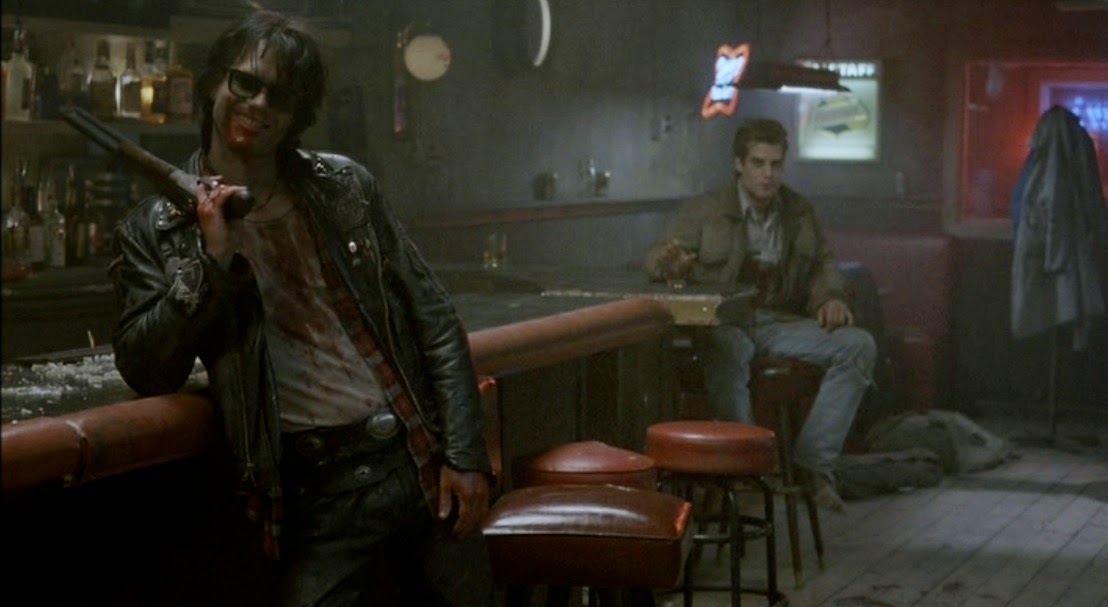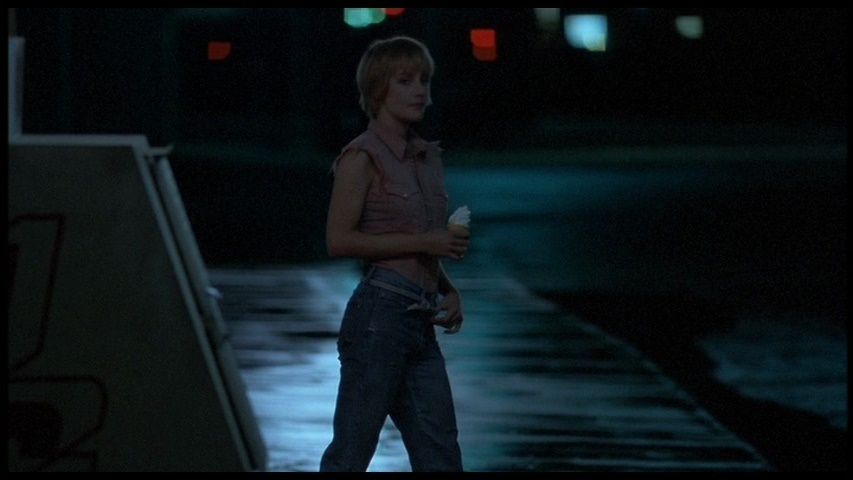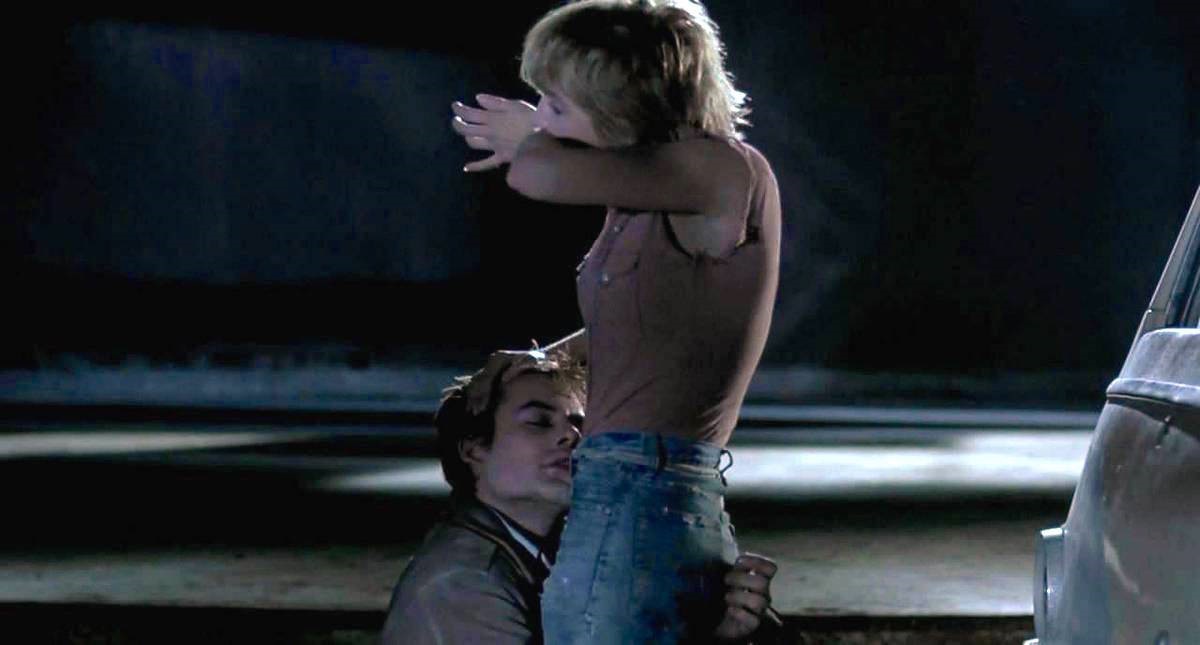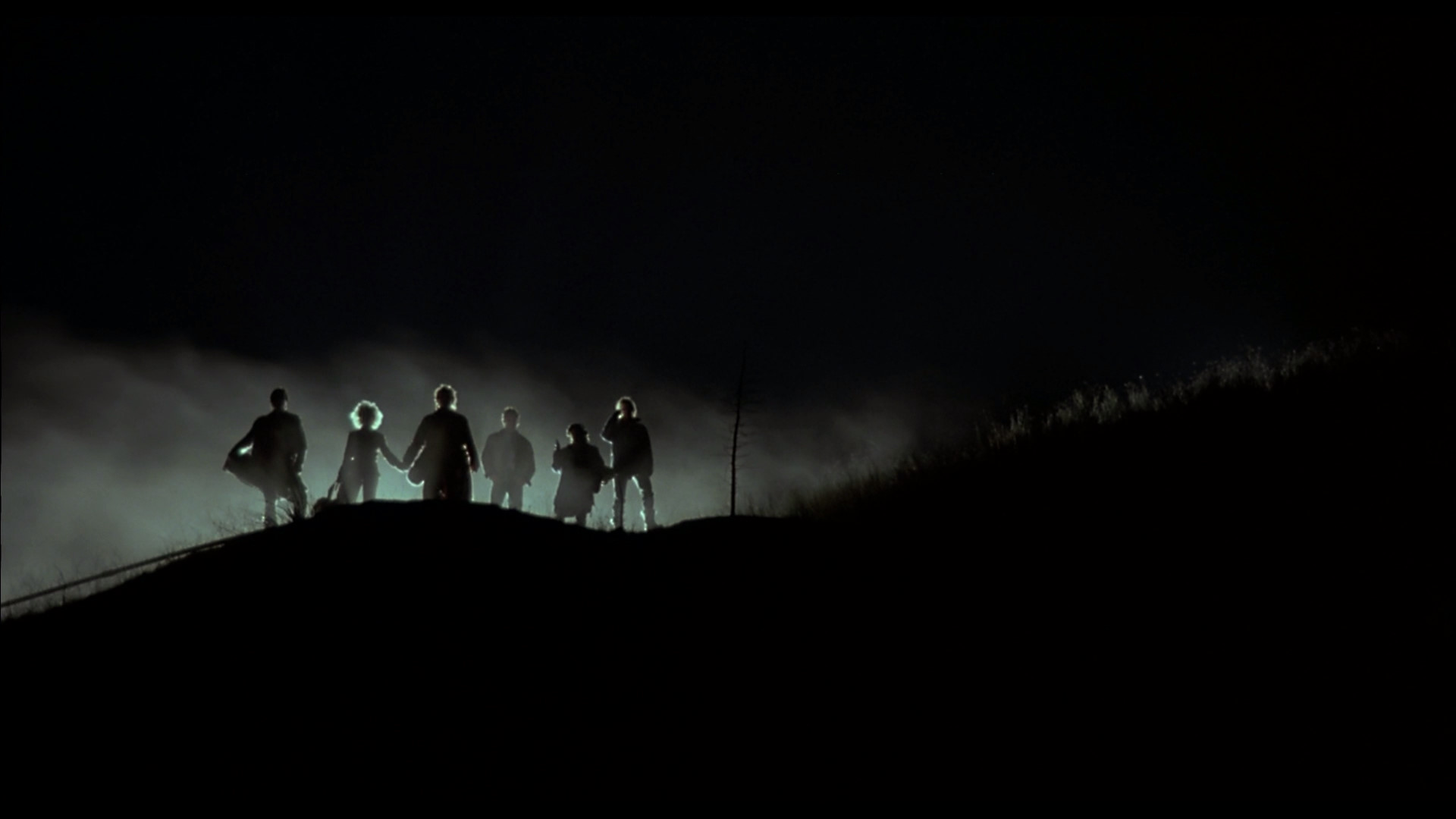This guest post written by Lee Jutton appears as part of our theme week on Women Directors.
There were many reasons why I felt like an outsider while studying film and television production at NYU’s Tisch School of the Arts. Some were related to class; I felt as though everyone around me had more money (and fewer student loans). Some were related to my lack of practical production experience; prior to film school, I had never operated a camera apart from a few silly movies starring action figures. Some reasons, I am willing to admit, were inside my own introverted, antisocial head. However, it was my taste in film that really made me feel as though I did not belong at a school with “arts” in its name. I like action movies packed with stylish fight sequences, zombie movies so gory that every frame is splattered with brains, and science-fiction movies crammed with special effects. As a writer and director, I aspired to be Peter Jackson, Edgar Wright, Quentin Tarantino, Guy Ritchie and Robert Rodriguez all rolled into one frenetic package, which makes you feel a bit awkward when everyone around you worships at the art-house altars of David Lynch and Terrence Malick. It’s also a bit awkward when you realize that all of the directors you look up to are men.
When I was in my final year at NYU, Kathryn Bigelow became the first woman to win an Academy Award for Best Director. This was already a big deal, but it was all the more important to me because she had won it for directing The Hurt Locker, a tense, literally explosive drama about a troubled bomb diffuser in Iraq. Here was a woman making films that were dark, disturbing, visually compelling and packed with action — all things I aspired to include in my own work — and getting recognized for it by the Hollywood establishment. Delving deep into Bigelow’s wide-ranging oeuvre, which includes Soviet submarine thriller K-19: The Widowmaker and Keanu classic Point Break, inspired and reassured me while I was struggling to pinpoint my own identity, both as a filmmaker and a woman.
My favorite Kathryn Bigelow film, and the one I feel the most kinship with as a filmmaker, is her second feature, Near Dark. Released in 1987 at the height of a bloodsucker boom led by The Lost Boys, it manages to stand out from the pack thanks to its improbable but incredible combination of the vampire genre with that of the Western to create one weird, pulpy masterpiece. Before watching Near Dark, I primarily expected to encounter vampires in eerie, overcast Eastern European locales filled with fog and ancient history; to encounter them smashing across the broad, sunburnt plains of Texas in a battered motorhome was shocking and refreshing. Near Dark’s vampires are never referred to as such, nor do they have the chivalrous manners and old-fashioned elegance of many of their forefathers. Rather, they’re a marauding band of leather-coated drifters who wouldn’t be out of place in the world of Mad Max, coated liberally with blood, sweat and dirt. Both brutally violent and shockingly sexy, Near Dark’s influence can be felt nearly thirty years later on a new crop of unusual vampire dramas that simultaneously embrace and reject the conventions of the genre.
Near Dark opens with a close-up of a bloodsucking creature, but not the one that you expect — it’s a mosquito, hovering on the arm of farm boy Caleb Colton (an achingly young Adrian Pasdar) until he smacks it away. Driving into town to meet some friends, he spies an innocent-looking blonde pixie of a girl emerging from a shop while licking a vanilla ice cream cone. What follows is an all-American meet-cute laden with vampire innuendo that poor Caleb just cannot comprehend.
“Can I have a bite?” Caleb drawls, oozing earnest Southern charm.
“A bite?”
“Yeah. I’m just dying for a cone.”
“Dying?”
The girl, Mae (Jenny Wright), is not just any pretty girl. She’s a honey trap, luring unsuspecting victims into the clutches of her nomadic vampire family. Caleb behaves as though Mae is the prey, the object to be pursued and hopefully won; little does he know, it is entirely the other way around. When he tries to impress her with a lasso, she grabs hold of the rope herself and reels him in, shocking him with her strength. “I haven’t met any girls like you,” Caleb says, attempting to flatter her. “No,” Mae replies in a tense voice, “You sure haven’t.”
The instant, almost animal attraction between Caleb and Mae is obvious, and they share a long, romantic night driving around the Texas plains before Mae begins to panic that she won’t be home before sunrise. Caleb assumes she’s only afraid her daddy will punish her for being out all night, and coyly asks for a kiss before she goes. What he gets is far more than he bargained for — a passionate, hungry kiss, sure, but one that culminates in a nasty bite on the neck and the sight of his bright red blood dripping down Mae’s white chin as she hops down from his truck.
Soon it is morning, and Caleb finds himself staggering across the fields towards his father’s farm, weakened by the harsh rays of the rising sun, with telltale smoke sizzling up from his slowly roasting skin. Before he can make it to safety, he is scooped up by Mae and her gang in their motorhome. They’re ready to suck him dry — that is, until Mae mentions to the others that she did a bit more than just reveal her true nature to him. By biting him, he has become her responsibility –and potentially, her mate. Furious, the rest of the vampires reluctantly agree that Caleb can stay alive a little bit longer and be given the chance to learn to live like one of them. In other words, to live by the cover of darkness, luring (usually via hitchhiking) and killing innocent people without hesitation in order to survive.
“What do we do now?” Caleb, dumbfounded by his new immortal status, asks Mae.
“Anything we want, until the end of time,” she replies.
During Caleb and Mae’s first meeting, Caleb oozes confidence and plays at dominance, the way most boys do when trying to win over a girl. However, once he becomes a vampire, the reversal of stereotypical gender roles is striking. Caleb becomes entirely dependent on Mae. It is only her attraction to him that keeps the rest of her family from killing him on the spot, and it is only her willingness to kill for him and allow him to drink her own blood that keeps him alive in the days that follow. Caleb needs Mae, and because of this, their intimacy grows in new and bizarre ways. In one particularly passionate scene, Mae bites open her own wrist and clutches Caleb’s desperate, hungry head to her while he feeds, until he almost kills her in his fervor.
Despite his obvious need to consume blood, Caleb cannot bring himself to take a life, whereas the other vampires seem not only to kill to live, but also to live to kill. They’ve survived so long by any means necessary that they don’t hesitate to wipe out the entire clientele of a rundown roadside bar for both food and fun (a scene of creative carnage that rivals the equally deadly tavern scene in Tarantino’s Inglourious Basterds). The gang includes Jesse (Lance Henriksen), the charismatic leader who fought for the south in the Civil War; Jesse’s mate, Diamondback (Jenette Goldstein), whose big blonde hair and skintight ensembles can’t help but remind you of another iconic Eighties femme fatale, the android Pris in Blade Runner; Homer (Joshua Miller), who was turned as a boy and perpetually struggles with having an ancient brain trapped inside a child’s body; and the particularly vicious Severen (a delightfully unhinged Bill Paxton), who introduces himself to Caleb by informing him, “I’m gonna separate your head from your shoulders. Hope you don’t mind none.” They all speak in a bizarre, stylized version of Southern dialect that drips in menace and the occasional old-fashioned turn of phrase that comes from having lived long enough to take credit for starting the Great Chicago Fire. But Mae, the youngest of the vampires, is different. She kills to keep herself alive, but she seems to take a lot less sick joy in it than the others, and the more time she spends with Caleb, the more their heartless behavior seems to turn her off. By being with Caleb, she is reminded of what it was to be human — after all, she was one herself not so long ago.
Near Dark doesn’t have much in the way of plot; Caleb is dragged around Texas by the vampires, the timer on his existence counting down faster and faster, while his father and little sister search for him. The pulsating beat of the awesomely Eighties electronic score by Tangerine Dream adds to the urgency. It all culminates in an explosive finale with numerous characters meeting horrific ends via spontaneous combustion under the cloudless blue Texas sky — beautiful, and without mercy. There’s a happy ending that some might think a cop-out, as it goes against traditional vampire lore. Yet, rejecting traditional and expected vampire tropes is one of the things that makes Near Dark such a memorable film. Nothing about it is expected. It breaks all of the rules and makes up its own along the way. This Southern-fried story of young love, lust and lost innocence has as much in common with Peter Bogdanovich’s The Last Picture Show than any Dracula movie.
Today, Near Dark’s legacy lives on in films like A Girl Walks Home Alone at Night, from another promising woman director, Ana Lily Amirpour. In a film described as “the first Iranian vampire Western,” Amirpour brings vampires to another unfamiliar locale — this time, a dead-end Iranian town called Bad City. Here, a nameless bloodsucking girl (Sheila Vand) prowls the dark, empty streets in a chador, using her deceptively delicate and feminine appearance to lure and attack men who abuse women. Like Mae, she is much stronger than she initially appears. Independent film icon Jim Jarmusch also recently experimented in the vampire genre with Only Lovers Left Alive, which stars Tilda Swinton and Tom Hiddleston as an ancient, moody, bohemian couple holed up in rundown Detroit. While less of a direct descendant of Near Dark than A Girl Walks Home Alone at Night, ones feels that this sexy, slow-moving story could not have been told without its more frantically passionate predecessor. Here, the horror aspects of the traditional vampire story take a backseat as the film explores how love can be powerful enough to survive enough dark moments to fill multiple lifetimes. The loneliness inherent in being immortal seems to be the one constant among all vampire films, even the most untraditional ones — and yes, even Twilight. Yet among all these films about outsiders, Near Dark will always have a special place in my heart for being the one to show me that as a filmmaker, I was not alone in the world after all.
Lee Jutton has directed short films starring a killer toaster, a killer Christmas tree, and a not-killer leopard. She previously reviewed new DVD and theatrical releases as a staff writer for Just Press Play. You can follow her on Medium for more film reviews and on Twitter for an excessive amount of opinions on German soccer.



